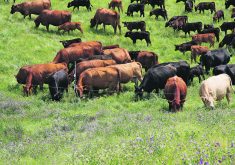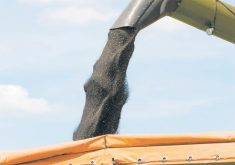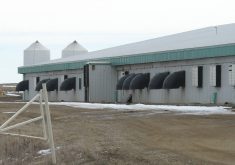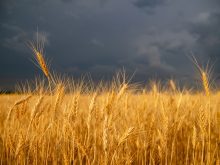Seeds are often under-represented
I sometimes wonder if we aren’t losing our sense of focus when engaging in debates around the safety and purpose of genetically engineered seeds.
In his op ed regarding the Cartagena Protocol on Biosafety (CPB) on page 7 of the Feb. 13 issue, the author states that “over the past 20 years no agreement has stifled innovation, reduced sustainability and had a negative impact on reducing food insecurity more than the CPB.”
Read Also
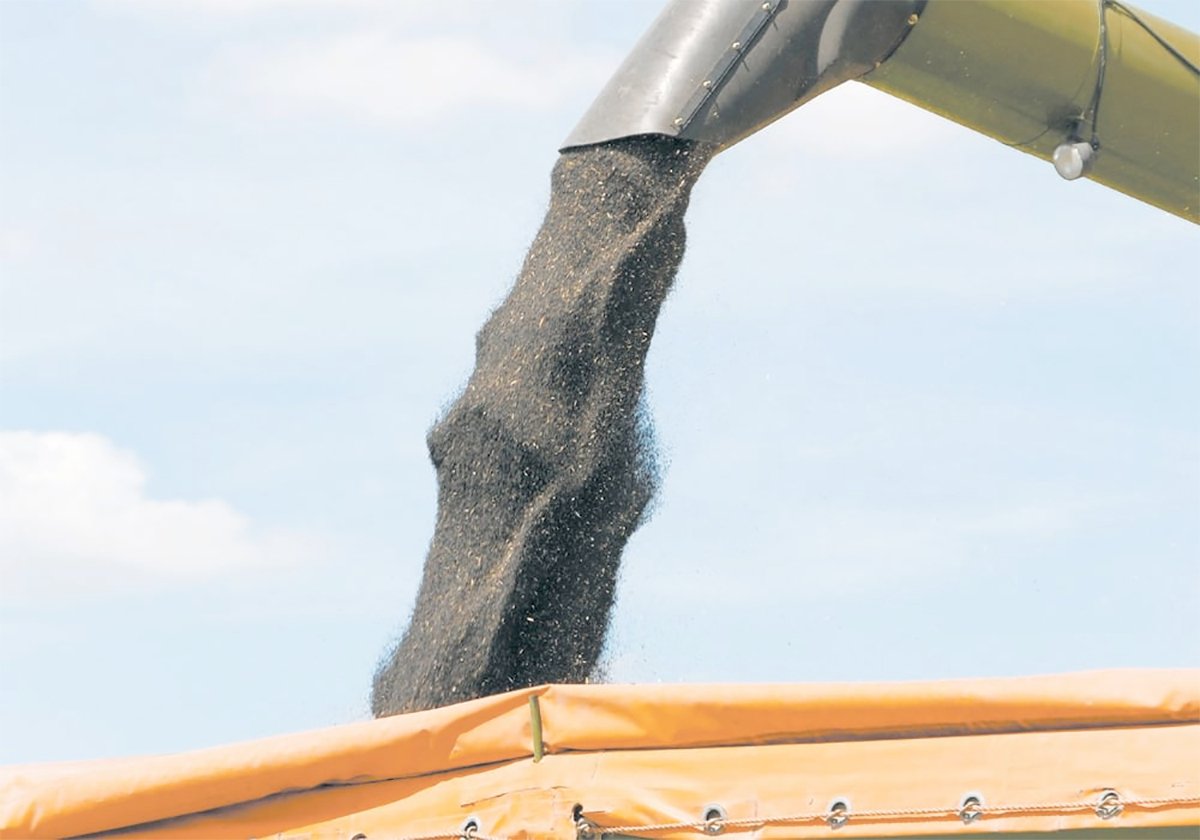
Determining tariff compensation will be difficult but necessary
Prime minister Mark Carney says his government will support canola farmers, yet estimating the loss and paying compensation in an equitable fashion will be no easy task, but it can be done.
If ever there were a blanket statement designed to exonerate gene editing technology, this might well be it.
As a seed farmer who aligns himself with his ancestors who, for thousands of years, have been growing and caring for seeds, I feel compelled to speak on behalf of seeds.
Seeds in modern debate are given no representation, no defence in our quest to create the ultimate seed. In fact, my sense is that technology tends to treat seeds as being inert, with no more sentient awareness than a Lego block.
When I think of a seed, I tend to believe that it has a sense of purpose, that all its internal component parts are working for a common cause. If I were asked to point to one thing that to me represents life, I would point to a seed.
We know that seeds, over time, adapt to the environment they are living in. We know this adaptation can happen slowly over decades, even centuries in recognition, or seemingly overnight.
Whatever the time frame, this process of adaptation is something science cannot fully explain any more than it can explain the energy dance that creates purpose in a seed.
We are changing the physical characteristics of this planet in a way that threatens the very foundations of our existence, blindly fumbling our way into the future, while being told by the technology gurus, “relax, we know what we are doing.”
Wayne James,
Beausejour, Man.
Yields not just about the variety
On the front page article in the Feb. 13 issue describing the reduced durum yields, I find that the experts failed mentioning certain yielding items.
I have grown a new durum variety for a few years. In 2023, the yield was just over 60 bushels per acre. That very same durum variety in 2024 could not reach the yield of 30 bu. per acre.
In 2023, we had almost 35 millimetres of rainfall in July and the crop grew throughout July normally. In July of 2024, we got just under nine mm of rainfall.
But the durum crop did not grow the same way. In fact, the durum crop headed in July and did nothing further.
In early August we got almost 25 mm of rainfall, and at that time, the headed durum bloomed and seeds were built up in a few days.
One week later, areas in the durum field began turning white. Some lower areas did not progress to ripening until mid-September.
I have found from decades as a primary food producer that crop yields are, yes, affected by variety, but weather conditions are a bigger yield maker.
The time period of seeding, the types of soil and the atmospheric temperature is a great big yield preparer.
All other crop types are affected the exact same way with low regards to variety.
Delwyn Jansen,
Humboldt, Sask.


